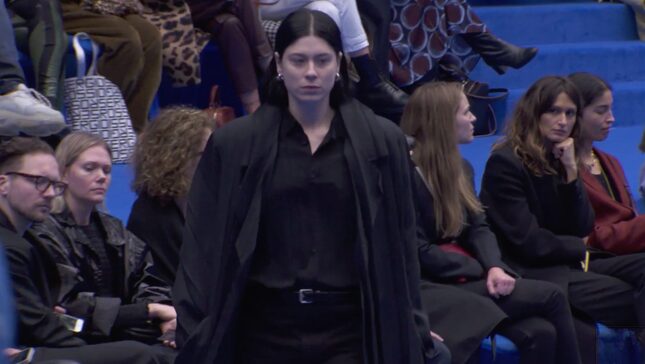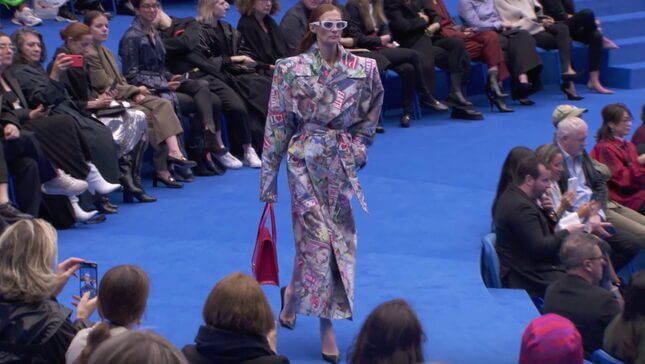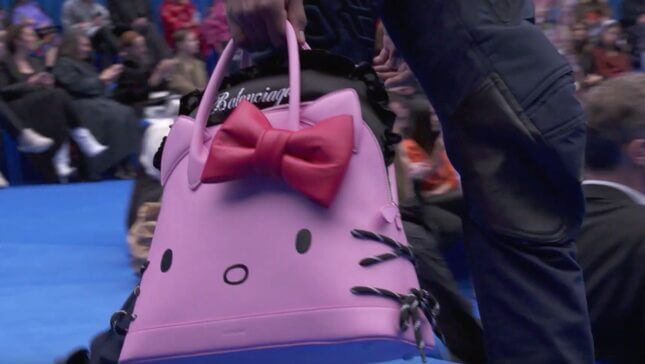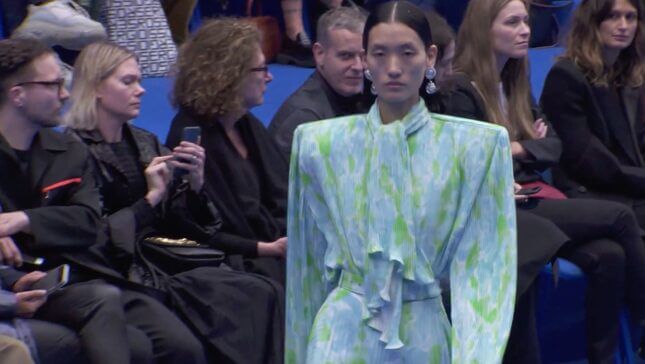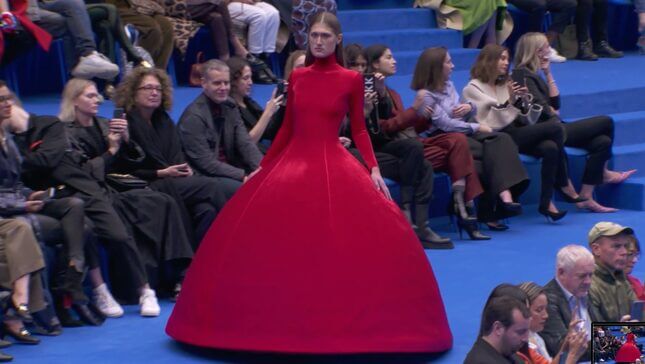

As the impending apocalypse casts a long shadow over the popular imagination, and our election stumbles closer to its conclusion, the eyes of many are fixed on the figures of power that runs the world around us. Candidates take the stage to thousands of cheering people while billionaires post selfies from private jets, pumping tons of toxic gas into the atmosphere over oceans littered with celebrities on yachts. And the most talked-about show in America, Succession, concerns the fucked-up interior lives of our media industry’s many billionaires.
Enter Denma Gvasalia, who showed Balenciaga’s Spring 2020 collection on a mock U.N. stage. Long curtains in a royal blue bled into the floor while models marched down a spiraling, sinister runway. As Gvasalia’s show notes explained, they were architects, gallerists, doctors, mechanical engineers, private equity associates, stylists, and lawyers. His focus? “Power dressing and fashion uniforms.”
-

-

-

-

-

-

-

-

-

-

-

-

-

-

-

-

-

-

-

-

-

-

-

-

-

-

-

-

-

-

-

-

-

-

-

-

-

-

-

-

